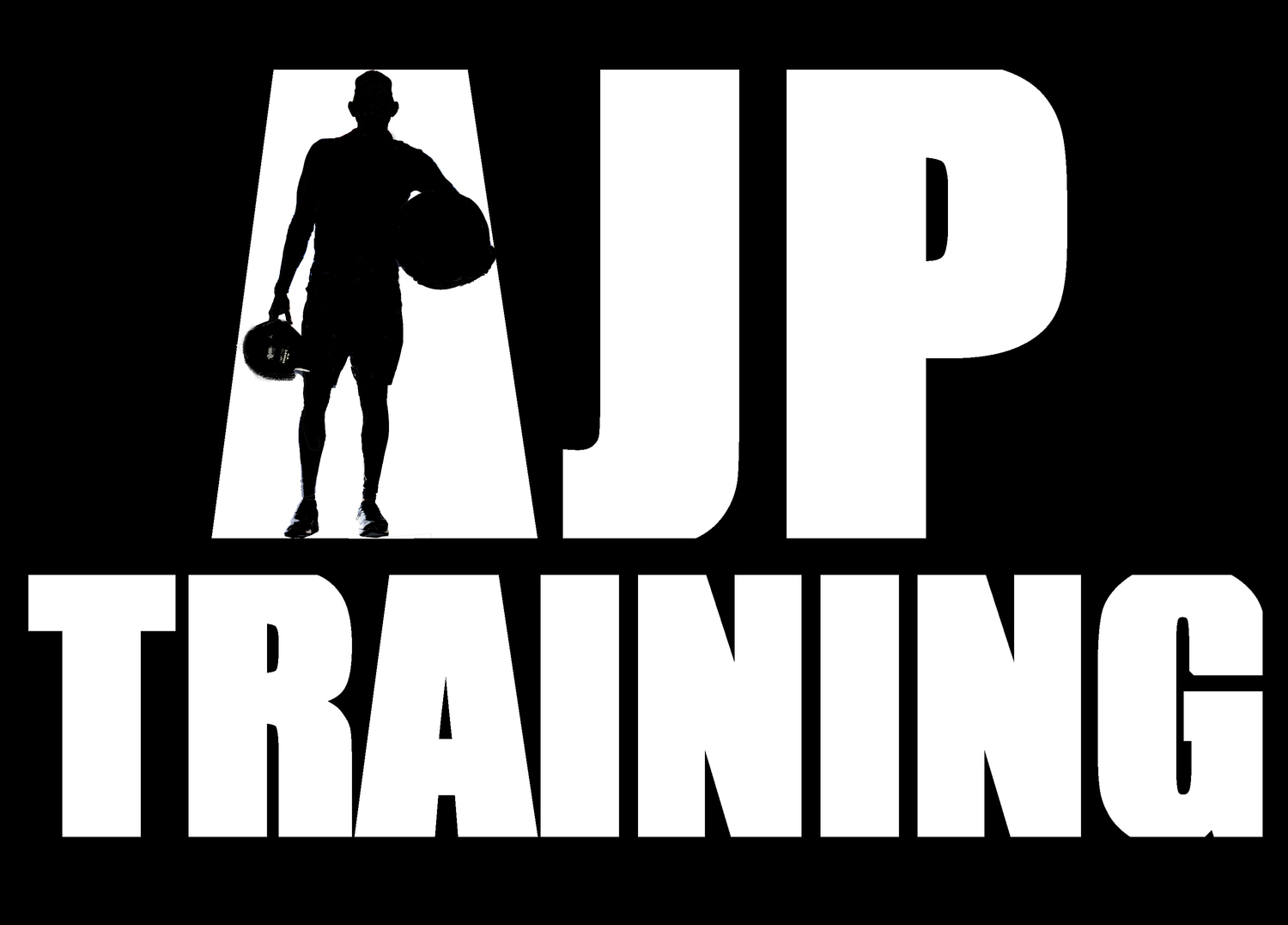Nearly three years ago, I got a few rungs into monkey bars at my first Tough Mudder and slipped.
I fell into the water underneath the Funky Monkey obstacle at the Nevada course, something that again happened moments later as I tried it again. On my third try, I made it all the way across. After a quick fist pump as I jogged off, I realized that I was foolish for not working more on my grip strength.
Developing grip strength isn’t always the most enjoyable endeavor. (I see it in the eyes of my clients after eyes’ roll when utter the word “hangs” during a session.) Such exercises, however, is crucial --- and not just for hockey, tennis, baseball players and golfers.
A major study published in the journal Lancet in July revealed grip strength can predict the risk of cardiovascular disease that leads to heart attacks, strokes and high blood pressure. Researchers from the Prospective Urban-Rural Epidemiology (PURE) surveyed nearly 140,000 people in 17 countries, measuring the grip strength of each over the course of four years. A 5kg (11-pound) decrease in grip strength was linked to a 17% increase in cardiovascular death and 16% increase in overall mortality.
“Our study suggests that measurement of grip strength is a simple, inexpensive risk-stratifying method to assess risk of death, particularly in individuals who develop a major illness, and that muscle strength is a risk marker for incident cardiovascular disease in a number of countries and populations,” PURE researchers wrote in the study.
Now, that doesn’t mean if you can hang from a pull-up bar for five consecutive minutes or can do farmer carries forever will ensure you’ll have good health. (But if you can do either of those things, you’ll probably in pretty good shape.) Grip strength training, however, should be part of your workout routine.
Our fingers don’t have muscles that have anything to do with grip strength. The fingers have tendons and ligaments that rely (mostly) on the muscles in the forearms to grip and hold.
There are several exercises I make my clients do at my gym to work the forearms. Here are a few of my favorites:
Hangs from the pull-up bar. Not everybody can do a pull-up, but most can hang for at least 10 seconds. No, it's not the most exciting of exercises. Progressing to longer and longer hangs can lead to major gains in grip strength. From there, you can progress to pull-ups (even some with a weight vest on like I have pictured here).
Farmer carries. At my gym, we typically do these up and down stairs to get the legs involved. It’s a simple exercise: You hold dumbbell in each hand that are heavy enough to tax your forearms. Here's Jen doing some farmer carries during a recent AJPT boot camp.
Adding some thickness. I like to pull out my 2.5-inch Iron Bull Alpha Grips and put them over my dumbbells, the Olympic bar or even the TRX. This makes it impossible to curl your fingers, making your forearms work even harder on curls, shrugs --- just about any exercise.
Now, we also do ball, towel and piston pull-ups, but those are more advance workouts. But the three methods I mention above are staples here at AJPT.




